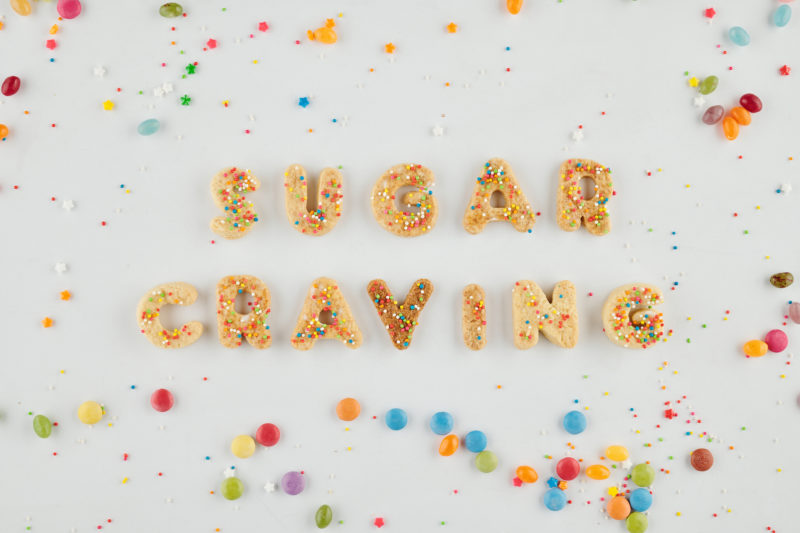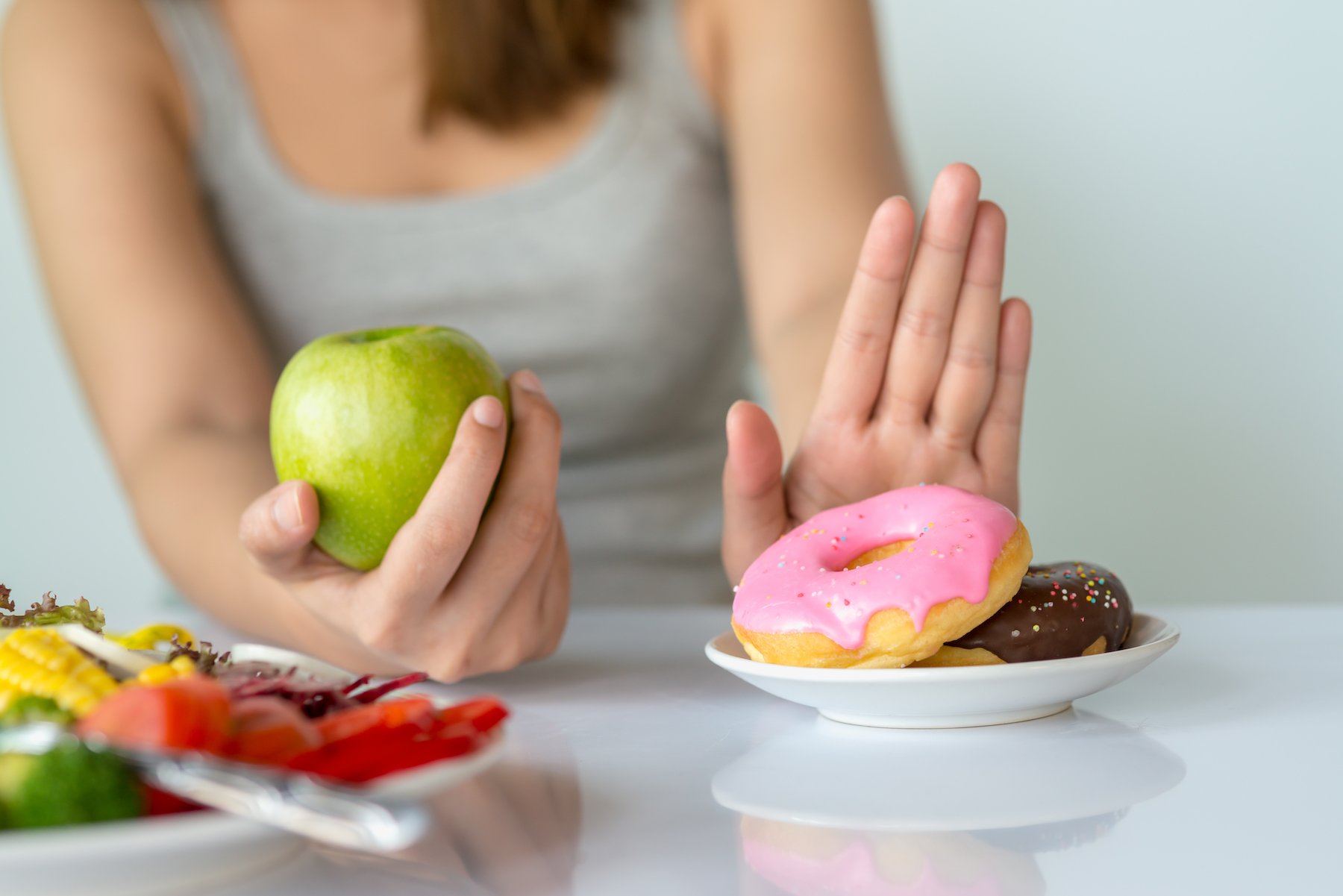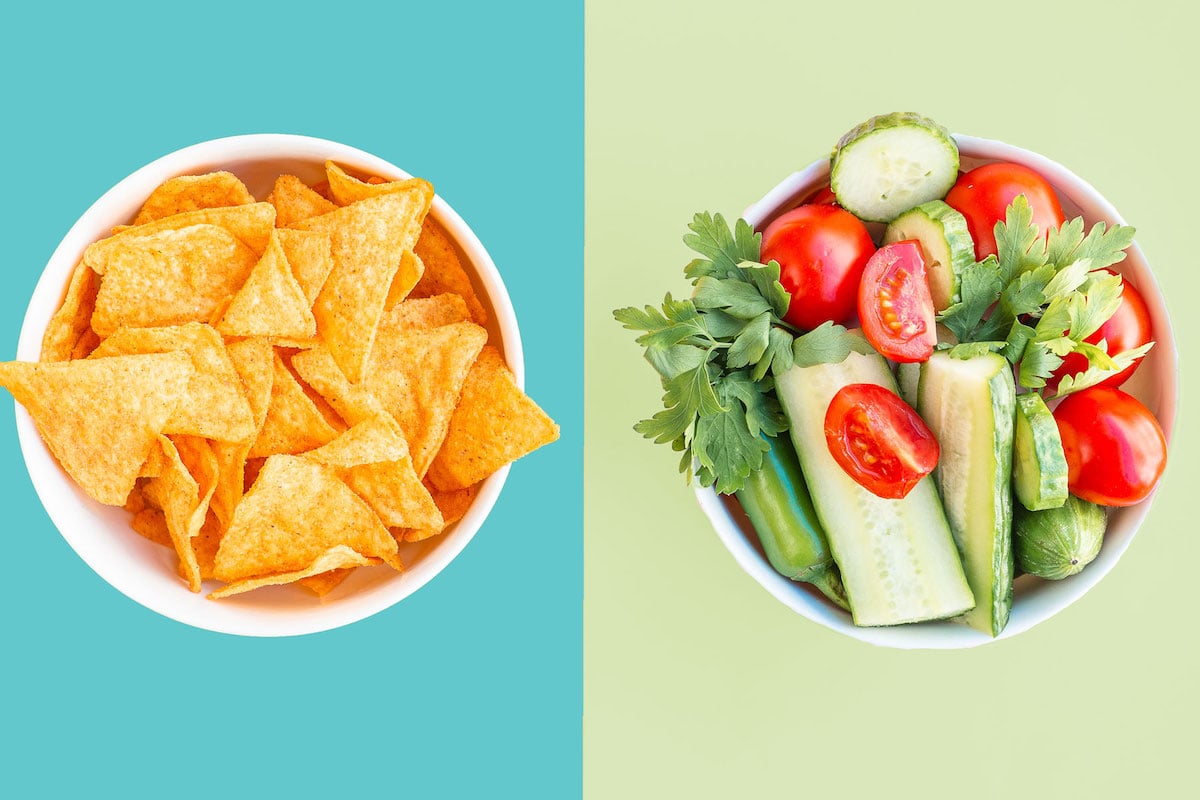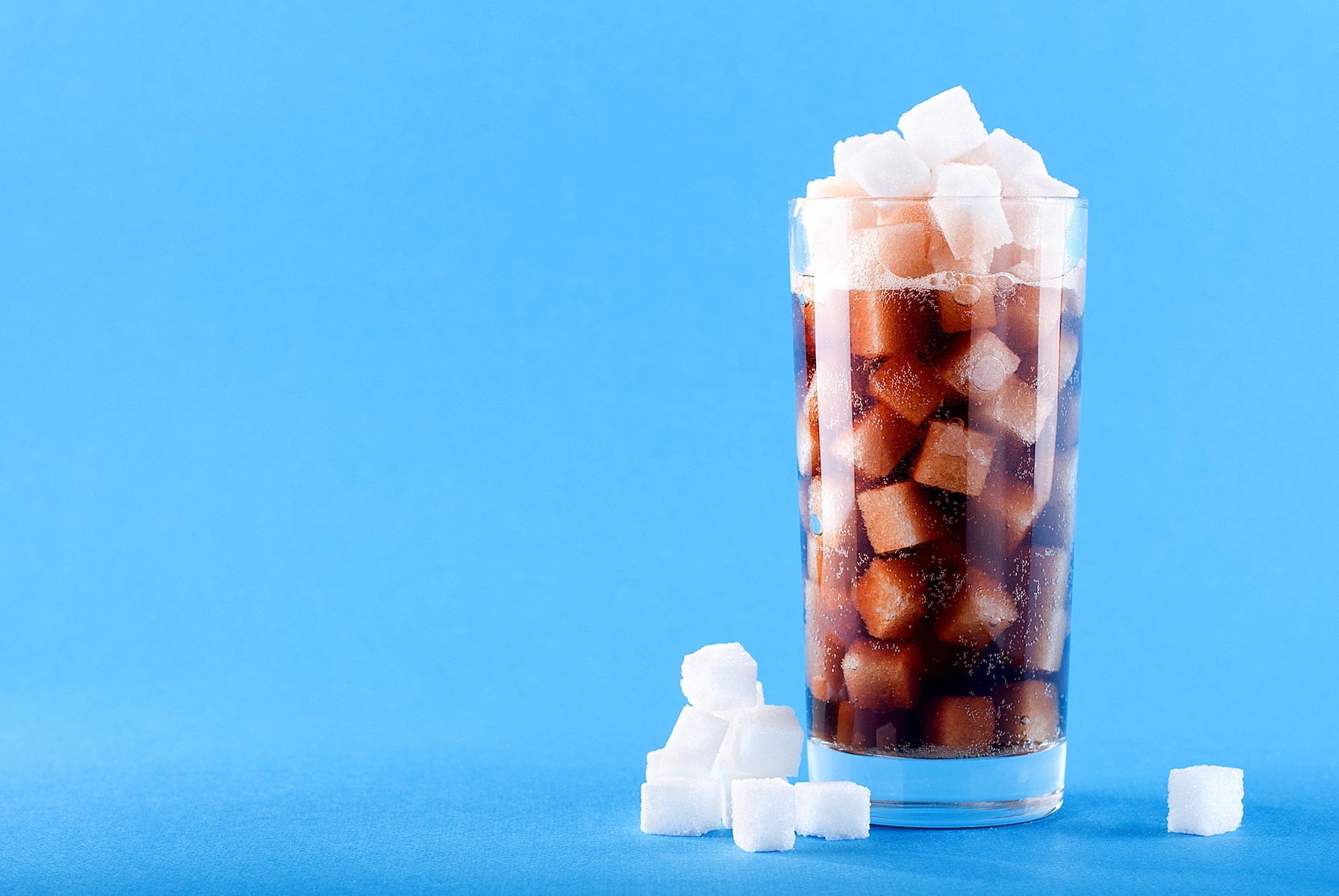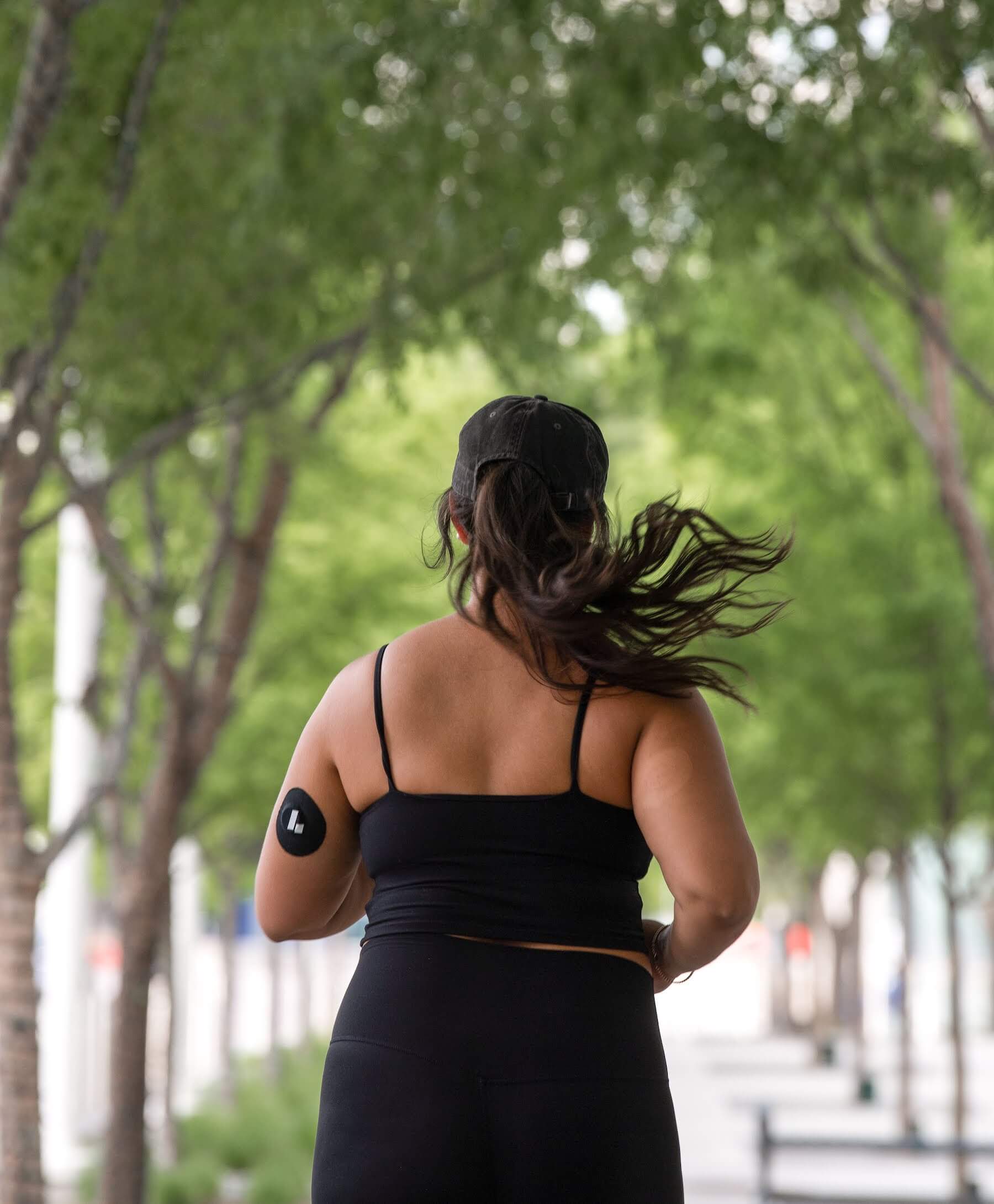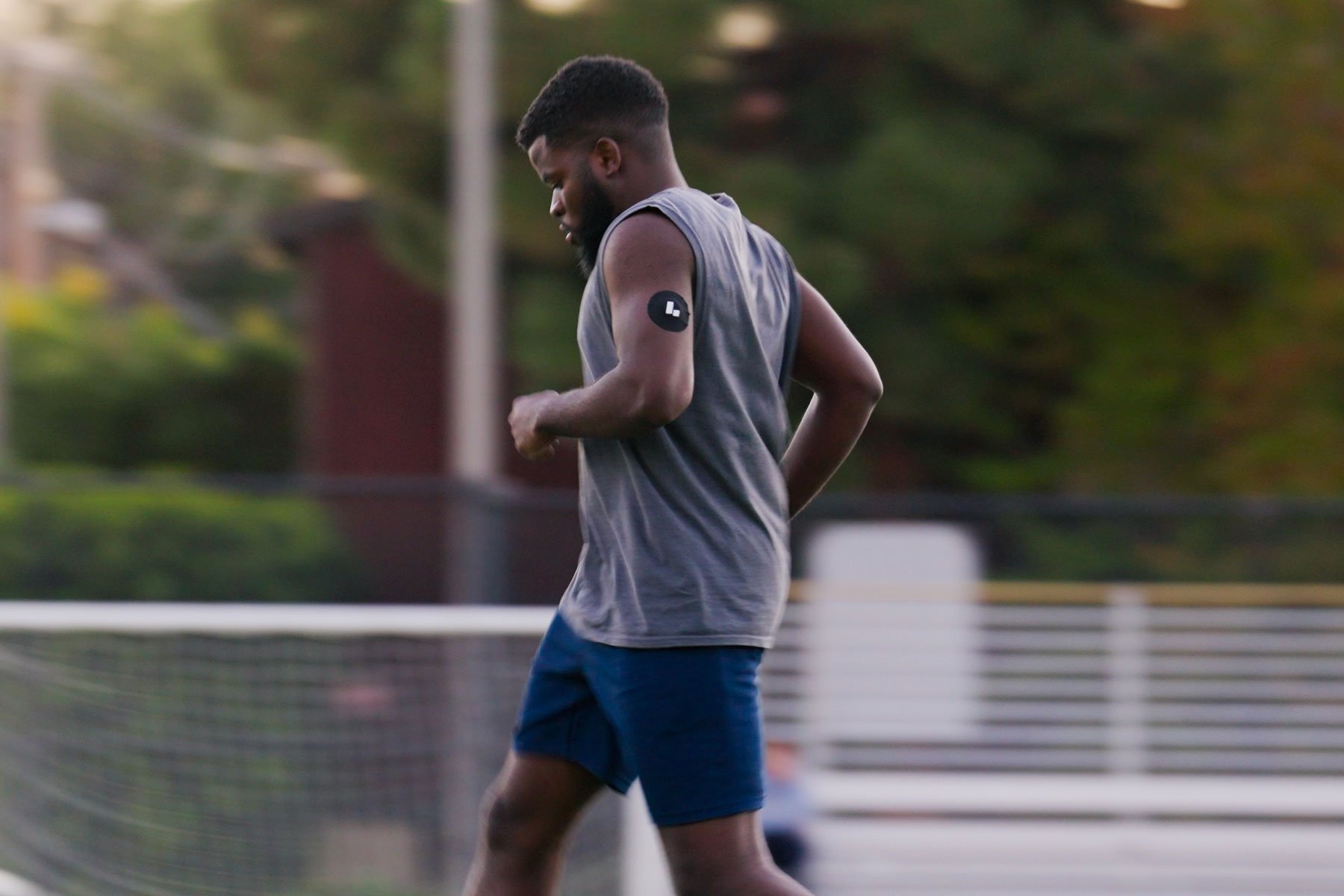Hunger and craving are slightly different sensations. Hunger is a general desire for food; craving typically refers to a strong desire for a particular food, like chocolate, or a type of food, like carb-heavy breads. But the two are related: when we’re less hungry, it’s easier to control or reduce our cravings. Here are three recent studies looking at this from three different angles: the relationship between sugar and hunger, the brain and sugar, and carbohydrates and cravings.
Blood Sugar Crashes Leave You Hungry
The Study: Postprandial glycaemic dips predict appetite and energy intake in healthy individuals
What it Says: This study followed more than 1,000 people in the US and UK wearing continuous glucose monitors for two weeks, asking them to eat their regular diet, and occasionally, a standardized breakfast. Researchers wanted to see how people’s glucose response to meals affected their hunger two to three hours later, as well as what they ate.
The study looked at “glucose dips”—when a person’s blood sugar fell below the level it was at when they ate the meal. These often follow a significant glucose rise in response to the meal, and in fact, researchers saw that the bigger the glucose spike, the more significant the dip.
Interestingly, they found the dip predicted how hungry people would be later, how long until they ate again and how much they ate. Neither glucose rise nor glucose area under the curve showed the same effect. The glucose dip was as good at predicting someone’s response after a meal as their self-reported feelings. In other words, I could tell you’d likely be hungry later and eat more at your next meal without even asking you—the glucose data would tell me. Also: more significant dips led to more intense hunger and eating later.
Levels Take: Blood sugar dips—aka “crashes”—appear to be related to hunger and propensity to eat, and the good news is that we have some control over how likely we are to experience these glucose dips. Blood sugar dips frequently occur because of how our body reacts to a significant glucose spike—it overcorrects in attempting to bring blood sugar back to homeostasis. And that is what they saw in this study: the most significant glucose dips followed the meal with the most significant glucose rise. Fortunately, we can keep glucose more stable in several ways by choosing foods that are lower glycemic and implementing many strategies to reduce glucose spikes.
The idea that glucose influences appetite—the glucostatic hypothesis—has been around since the 1950s. The idea was that if the brain weren’t getting enough glucose (because of a blood sugar crash), it would send out signals compelling you to eat, overriding even other hunger and satiety processes. Later, researchers believed that scenario applied more to someone truly starving than to normal day-to-day eating. But recent research back into glucose’s effect has shown similar results to this study.
“You’re better off in the long-term training yourself away from sweet cravings.”
Hunger, appetite, and cravings are complex, influenced by several pathways in the body and psychological cues. Hormones like insulin, leptin, GLP-1, and others all play a role in satiety. This study didn’t try to untangle the relationship between those signals and glucose, and the researchers acknowledge that the degree of the effect varied across participants. But they attribute that to an aspect of the study that is also a strength: its real-world setting, in which more than 7,000 meals were whatever people would typically eat (along with 1,000 standardized meals). That the results were significant across that scope of data provides compelling evidence that avoiding blood sugar crashes (by first avoiding spikes) may help you avoid nagging hunger between meals.
Sugar Craving Comes from the Brain
The Study: The gut-brain axis mediates sugar preference
What it Says: This animal study attempts to differentiate between a preference for something sweet and actual sugar. We know that parts of the brain are dedicated to finding and eating sugar and that receptors on your tongue detect sweet taste. Previous studies have shown this connection can be fooled—animals will eat sugar even when it doesn’t have a sweet taste, and artificial sweeteners that trigger those receptors don’t impact the same circuitry in the brain. This study tried to find the specific neurons in the brain responsible for this distinction by feeding mice water with sugar, artificial sweetener (Ace-K), or plain water and watching what happened in their brain.
They found activity in a section of the brain known as the caudal nucleus of the solitary tract (cNST) when the mice drank the sugar water, but not the other two. Researchers also tried injecting the waters directly into the mice’s gut and found that the sugar (but not the sweetener) still activated the cNST, just not as strongly as drinking it. Since taste didn’t seem to be the sole trigger, they knew the signal to the brain must come from somewhere in the digestive system, not the mouth. The pathway turned out to be the vagus nerve, which carries information from the intestines to the brain—the gut-brain axis. Interestingly, fructose, another simple sugar found in fruit and some artificial sweeteners, didn’t trigger the same signaling.
Levels Take: Although this study occurred in mice, the researchers believe the same system governs humans’ sugar signaling. The results are consistent with other studies showing that sweet taste alone doesn’t trigger the same metabolic responses as sugar. It also helps explain why it can be so challenging for people to cut sugar out of their diet—even replacing it with natural sweeteners like stevia or monk fruit doesn’t always satisfy a craving. You’re better off in the long-term training yourself away from sweet cravings.
However, identifying this gut-brain sugar preference may help scientists develop artificial sweeteners that satisfy both the sweet and sugar craving without all the negative consequences of excess sugar or current artificial sweeteners.
Related study: FGF21 Signals to Glutamatergic Neurons in the Ventromedial Hypothalamus to Suppress Carbohydrate Intake
This research looked at a hormone that governs how much sugar we eat and how much we crave sweet things. The liver produces fibroblast growth factor 21 (FGF21) in response to excess sugar. This study identified the specific neurons in the brain that interact with this hormone to tell us to consume less sugar. The finding could help drive drugs that target FGF21 to help with obesity and diabetes.
Eating Fewer Carbs Reduces Craving and Hunger
What it Says: This intervention study looked at what happens to people’s cravings for sweets, carb-heavy foods, and fatty fast foods—as well as overall craving and hunger—when they go on a low-carb diet for four weeks. Twenty overweight or obese people participated, and researchers measured cravings and hunger using standard questionnaires. Other studies have shown that people on low-carb diets can lose weight. This study asked how much of that weight loss is related to decreased cravings or hunger.
Researchers found reduced cravings in all categories and overall craving and hunger. They also saw an increase in “dietary restraint,” essentially your ability to exert control over what you eat.
Importantly, people who had the most significant drop in blood sugar levels also had the most considerable reduction in sweet craving. The researchers don’t provide a causal direction but suggest reducing overall carbohydrate intake influenced both glucose levels and cravings.
This is one of the few studies that looked at sex differences in this area. It found men had greater weight loss, but women had a more significant drop in sweet cravings.
Levels Take: There’s been mixed research about what happens to our desire for foods when we deprive ourselves. Does not eating chocolate or carbs make us want them more? The answer seems to be that in the short-term, maybe. But several other studies have found that longer-term restriction decreases cravings. This study builds on previous evidence that we can train ourselves away from cravings for unhealthy foods for just a few weeks.
What’s even more encouraging about this study is the related changes that seem to come with reduced cravings: less hunger and the feeling of more control over our diet, both of which can make it easier to stick with a diet change, like, for instance, swapping a favorite breakfast muffin for something more glucose friendly.
